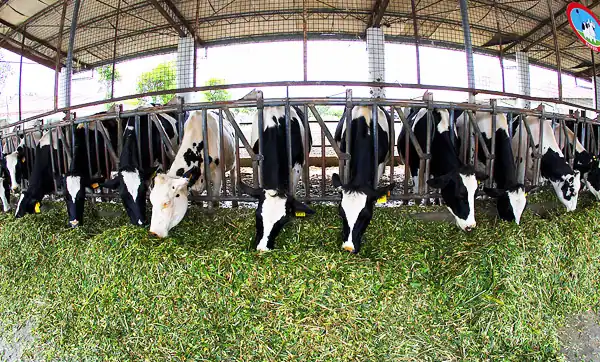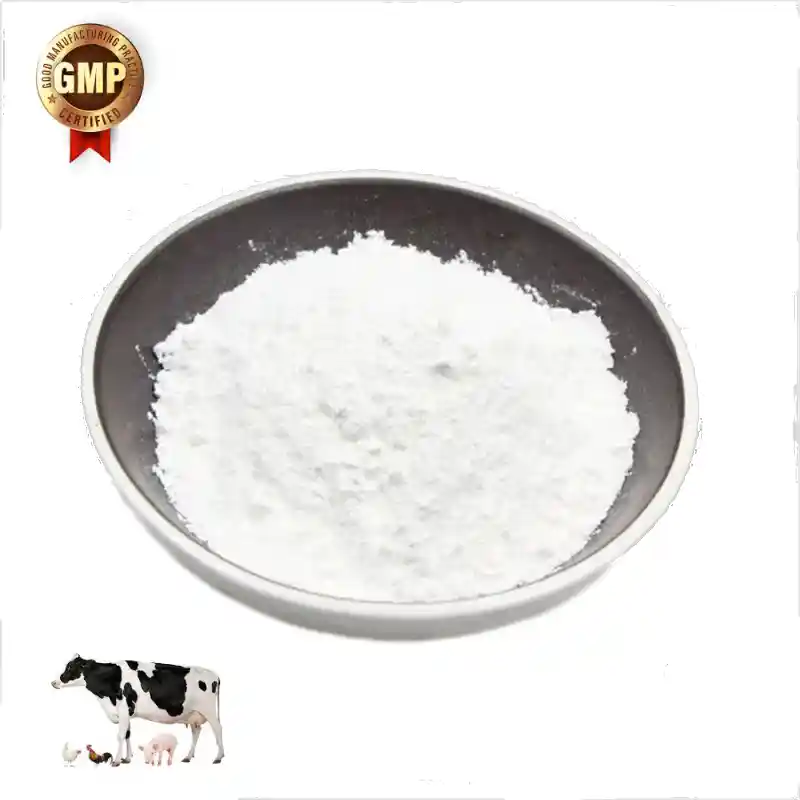Physical and chemical properties: Molecular formula: MgO, molecular weight: 40.30, relative density 3.58, melting point 2800°C, it is an alkaline compound. Soluble in acid, insoluble in ethanol. It can absorb carbon dioxide and water in the air to form magnesium hydroxide.
2. Feeding function: 1. As a component of various enzymes in the body, magnesium plays an important role in the normal growth and development of livestock and poultry fur and bones, reproductive function, development of the taste system and the normal function of the cardiovascular system; 2. Magnesium is an essential element for maintaining hair growth, skin health and tissue repair. Magnesium can also affect the synthesis of DNA and RNA, and participate in the metabolism of nucleic acids and proteins.

3. Deficiency symptoms: 1. Animals suffer from incomplete skin keratosis, loss of appetite, incomplete embryonic development, decreased reproductive function, growth stagnation and abnormal epithelial cell metabolism; 2. It also leads to low immune function of livestock and poultry and susceptibility to diseases. Increased infectivity affects the growth and development and feed utilization of livestock and poultry. How to use magnesium oxide: pre-dilute it and add it to the feed, and mix it evenly.
4. Recommended dosage (varies according to different animal species): 0.13%-0.27% for pigs; 0.15%-0.22% for chickens and ducks; 0.5% for cattle; Magnesium has an antagonistic effect with calcium, copper, iron and other elements. These elements in the diet When the element content is high, the dosage of magnesium oxide should be appropriately increased.
5. Storage method: Store tightly in a cool, dry place.

